We spend a lot of time in our homes, but few of us truly know what’s lurking beneath the surface. From cleaning products to personal care items, your living space might be packed with chemicals that are quietly wreaking havoc on your skin, sleep, and mental health. Here’s a peek into the 14 culprits that could be the unexpected enemies in your sanctuary. Time to clean house—inside and out.
1. Ammonia
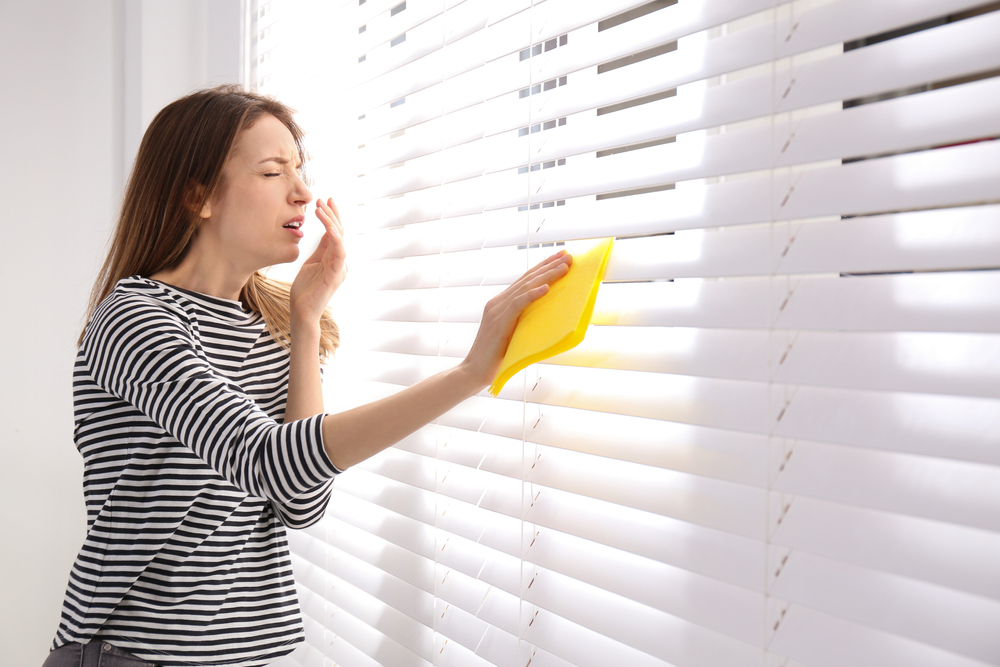
Ammonia is a staple in many household cleaning products, prized for its ability to cut through grease and grime. However, this convenience comes with a cost: ammonia is a strong irritant to the skin, eyes, and respiratory system. If you’ve ever noticed a burning sensation or watery eyes while cleaning, that’s your body reacting to ammonia’s harsh effects. Even brief exposure can lead to significant dryness and leave your skin feeling tight and uncomfortable. Despite its popularity, ammonia in cleaning products can have a range of negative effects on your health.
The risks don’t stop at skin irritation. Inhaling ammonia fumes—especially in unventilated spaces—can quickly irritate your eyes, nose, and throat, sometimes causing coughing or difficulty breathing. Over time, these fumes can disrupt your sleep and even contribute to increased stress and anxiety levels. As outlined by Blueland, ammonia exposure is best minimized by ensuring good ventilation and wearing protective gear if you must use it. For a healthier home, consider swapping ammonia-based cleaners for natural alternatives that are gentler on both your body and the environment.
2. Formaldehyde
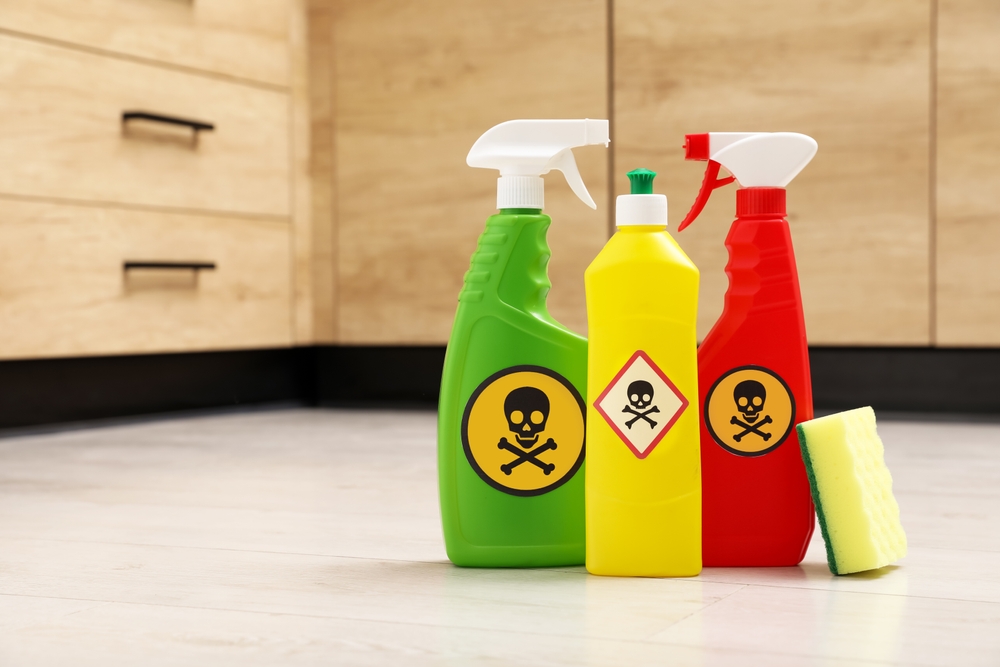
Formaldehyde isn’t just something you encounter in a science lab; it’s a common preservative found in many household items, from cleaning agents and furniture to certain fabrics. As a volatile organic compound (VOC), formaldehyde can trigger skin reactions like rashes and redness, and over time, it may irritate your respiratory system, making it harder to breathe comfortably. Formaldehyde exposure is linked to both skin irritation and respiratory issues, and it’s a frequent culprit behind that stuffy feeling you might notice at home.
Beyond immediate irritation, formaldehyde has also been associated with mood disturbances, including irritability and anxiety. It can enter your body through skin contact or inhalation, and prolonged exposure—even at low levels—may lead to more serious health concerns. According to Canada’s health authorities, long-term exposure to moderate concentrations can worsen asthma symptoms and increase allergic sensitivity, especially in children and infants. The cumulative effects of this chemical can impact your overall wellness, so minimizing formaldehyde-laden products in your living space is a smart way to protect your health.
3. Parabens
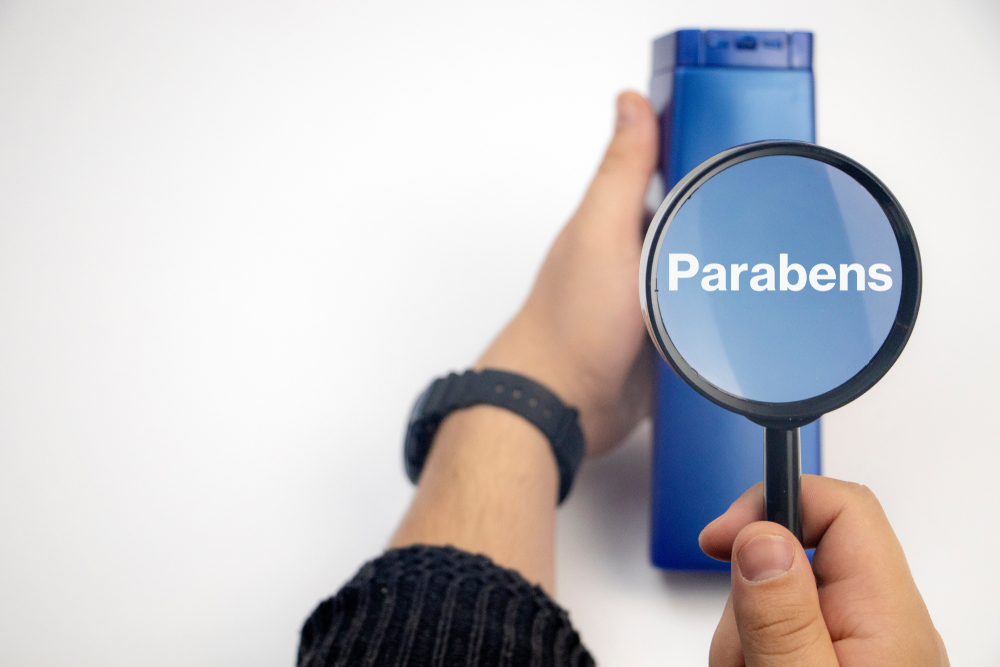
Parabens are one of the most common preservatives found in beauty products. From body lotions to cleansers, they’re used to prevent the growth of bacteria and mold. However, parabens are notorious for being endocrine disruptors, mimicking estrogen in the body and throwing off hormone balance. This interference can manifest in various ways, from acne to increased stress levels, making your daily routine feel more like a toxic cocktail.
The real kicker? Parabens are found in many seemingly harmless products, like deodorants and shampoos. So while you’re lathering up or spritzing a scent, your skin is absorbing these chemicals, which can lead to long-term health concerns. The damage isn’t just skin-deep—research shows that parabens may even affect your mood by impacting brain function. It’s time to check the label.
4. Benzene
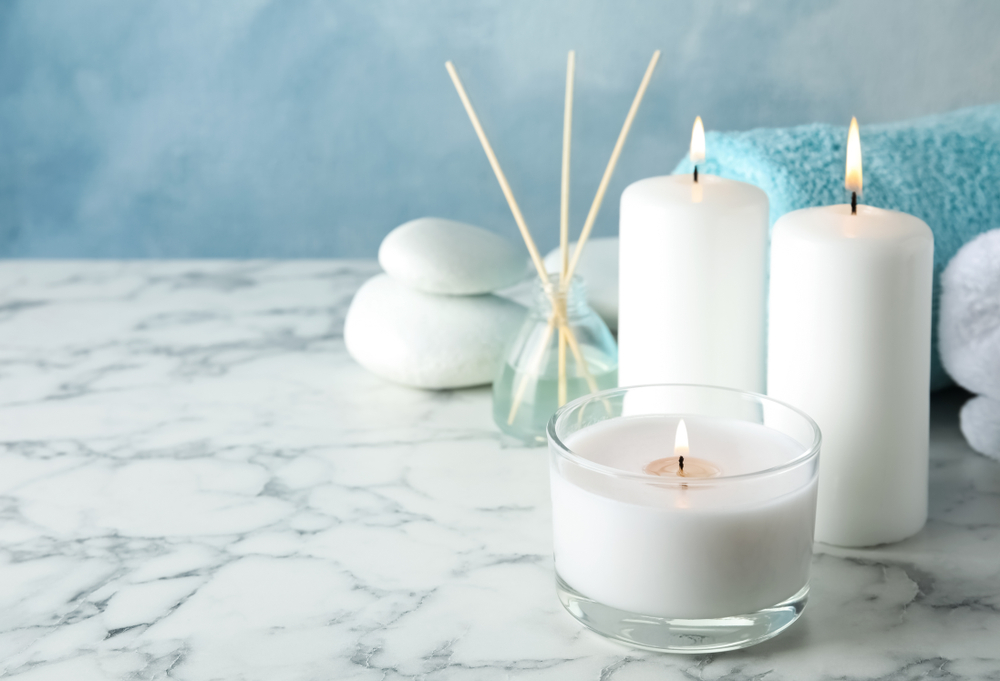
Benzene is a chemical compound that can be found in household cleaners, paints, and even some candles. It’s known to affect the central nervous system, leading to issues like dizziness, headaches, and even mood swings. It’s also notorious for contributing to skin conditions, including dryness and inflammation. If you’ve ever experienced that constant feeling of fatigue or tension after cleaning, benzene might be the culprit.
Long-term exposure to benzene has been linked to even more serious health issues, such as increased cancer risk. It enters your system through both the skin and the air, which makes it all the more dangerous when used regularly in confined spaces. It’s not just about how clean your house looks—it’s about making sure the products you use aren’t doing more harm than good.
5. Triclosan
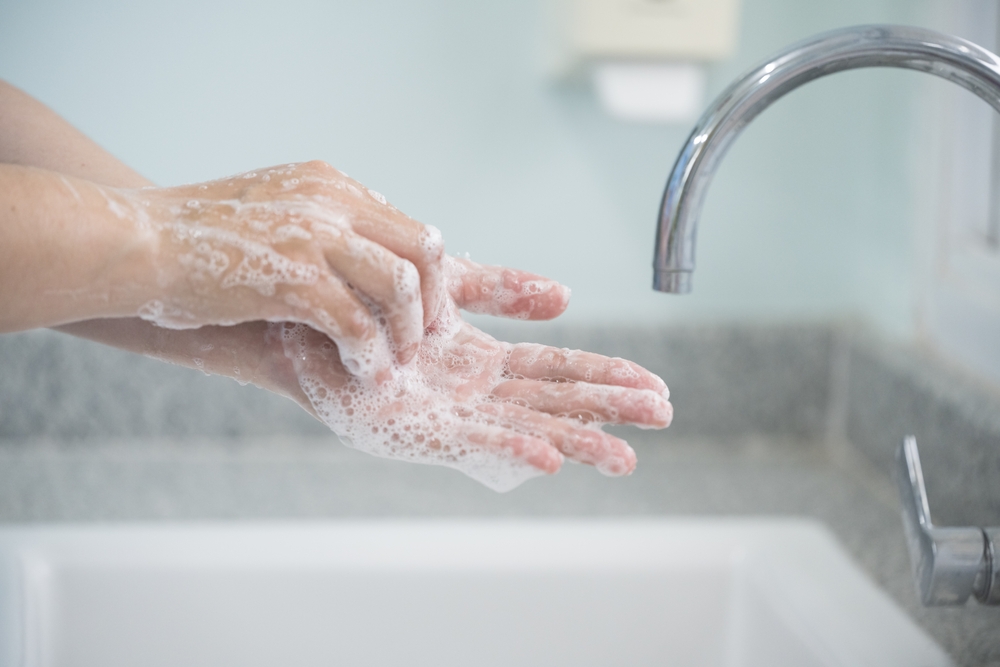
Triclosan is a chemical commonly found in antibacterial soaps and cleaning products. While it might seem like a convenient way to stay germ-free, research shows that triclosan can disrupt thyroid function, which is essential for regulating hormones that control everything from your energy levels to your skin health. Studies have linked triclosan exposure to changes in thyroid hormones, including reductions in triiodothyronine (T3) and thyroxine (T4), and increases in thyroid-stimulating hormone (TSH), potentially leading to imbalances that may trigger issues like fatigue or sudden flare-ups of skin conditions such as eczema. These findings are discussed in a systematic review of human studies on triclosan and thyroid health, which highlights the chemical’s potential to interfere with normal hormone regulation, though results in humans have been mixed, and further research is needed.
Beyond its effects on hormones, triclosan also contributes to bacterial resistance, making infections harder to treat over time. This domino effect can leave you more vulnerable to severe health problems in the long run. The next time you reach for an “antibacterial” soap, consider opting for a cleaner alternative instead, as ongoing research continues to raise concerns about triclosan’s safety profile.
6. Lead
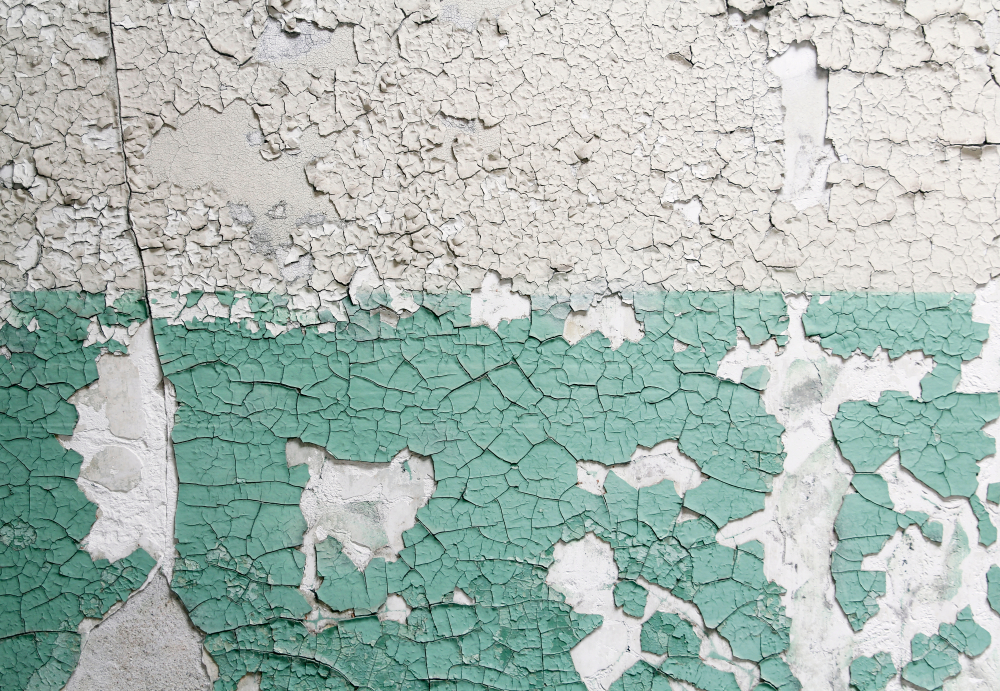
Lead isn’t something most of us think about when it comes to household products, but it can sneak into your home in various forms. Older paints, especially in homes built before 1978, often contain lead, and if those walls start to peel or crack, you could be exposed. Lead poisoning can cause neurological issues, including mood swings and memory problems, which can seriously affect your mental health. If you’ve noticed mood changes or increased irritability, lead could be a hidden factor. Household dust, soil, pottery glazes, and imported toys are all potential sources of lead exposure, even in homes without old paint.
Even if your home is lead-free, you may still encounter it through certain household items like imported ceramics, vintage dishware, or older plumbing. A recent analysis published in Environmental Health Perspectives found that consumer products—including cookware, spices, toys, and jewelry—were a source of lead exposure in about one out of five surveyed homes, underscoring the need for greater awareness and regulatory scrutiny beyond just paint and pipes. This heavy metal is also a notorious skin irritant, causing rashes and dryness. Keeping an eye out for these potential sources and taking steps to minimize exposure is key to protecting yourself and your family.
7. Phthalates
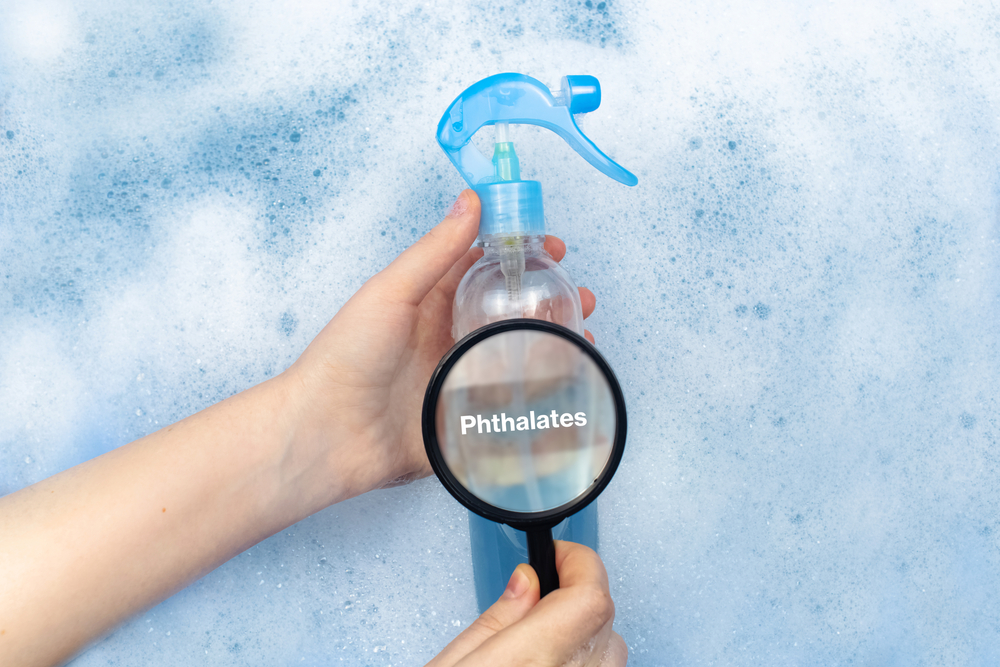
Phthalates are hidden in everything from air fresheners to shampoos, making them nearly impossible to avoid in daily life. These chemicals are well known for disrupting hormones, which can throw your body’s natural rhythms out of sync. As highlighted in a comprehensive review published in Environmental Health, phthalates are linked to a wide range of health issues, including hormone disruption, reproductive problems, and even impaired brain development in both children and adults.
Beyond their presence in beauty products, phthalates are also commonly found in plastics and fragrances, allowing them to seep into the air and onto your skin. Research has shown that frequent exposure to phthalates can contribute to skin irritation, breakouts, and even impact your mood and sleep cycle. Studies summarized by the National Institutes of Health indicate that chronic exposure to these chemicals is associated with increased anxiety, irritability, and long-term effects on the endocrine system. It’s a powerful reminder that what smells good or feels convenient isn’t always good for your health.
8. PFCs (Perfluorochemicals)
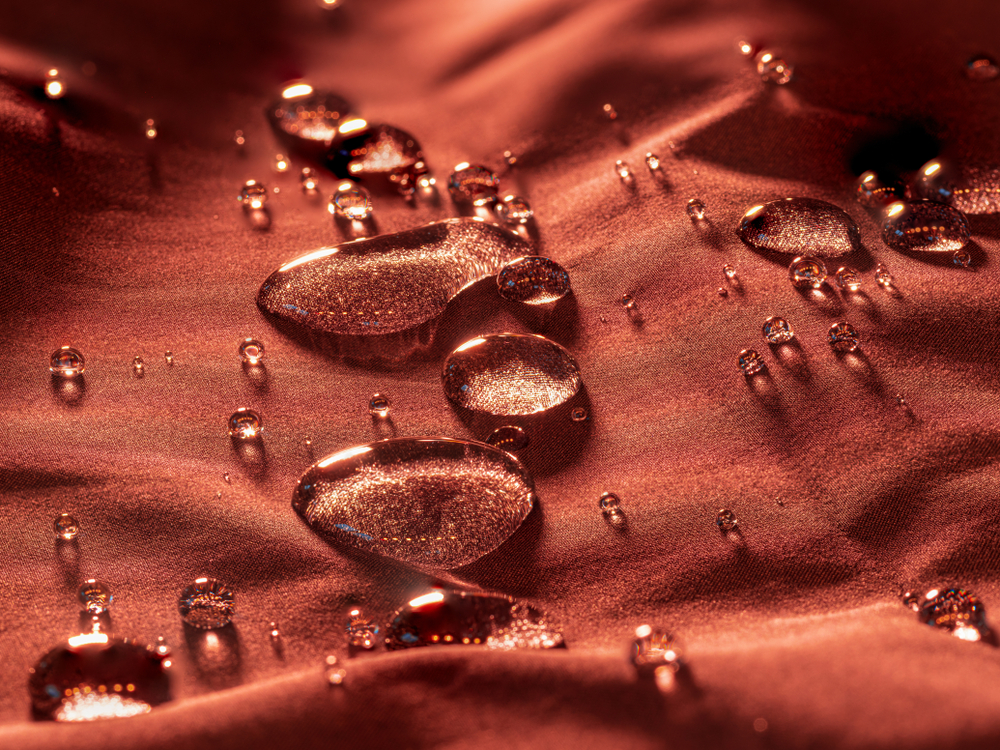
PFCs are chemicals used in a variety of products, including non-stick cookware, water-resistant clothing, and even food packaging. These chemicals have been linked to various health issues, including skin irritations and thyroid problems. If you’ve ever cooked on a non-stick pan and noticed that your skin becomes irritated afterward, you might be dealing with PFC exposure. Even more concerning, PFCs have been associated with sleep disruption, particularly with difficulty falling and staying asleep.
Long-term exposure to PFCs has been shown to impact mental health, contributing to feelings of anxiety and depression. They accumulate in your system over time, making it difficult to detoxify naturally. For the sake of your skin and mood, it might be time to consider switching to cookware and clothing that are free of these harmful chemicals.
9. Volatile Organic Compounds (VOCs)
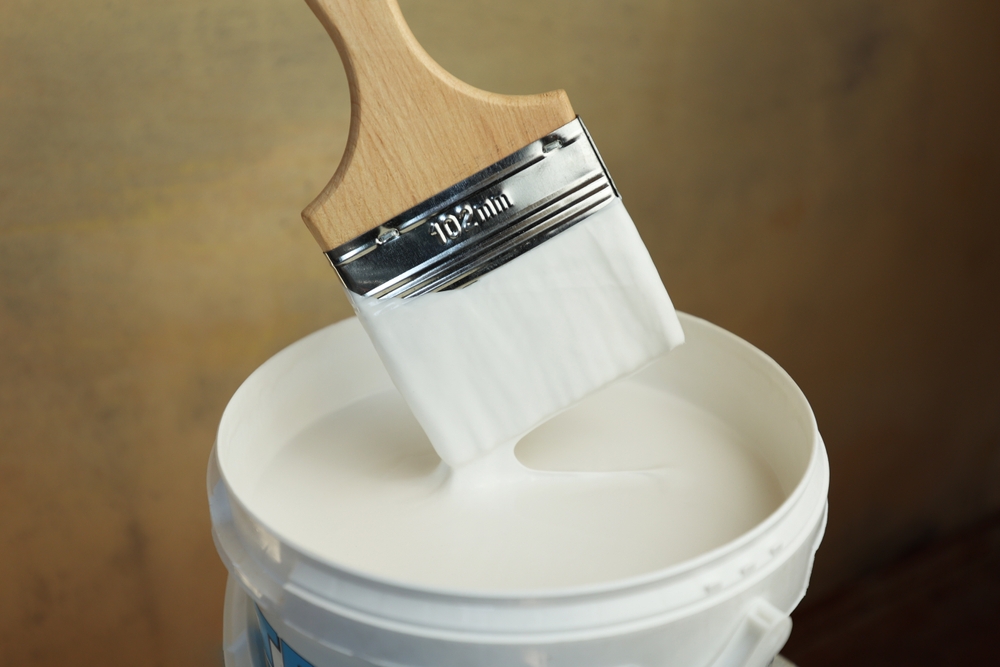
VOCs are a class of chemicals found in a wide range of household products, from paint to air fresheners. These compounds can evaporate into the air and cause serious health concerns, including skin irritation and respiratory problems. They also contribute to indoor air pollution, which can have a subtle yet significant impact on your mood and overall mental clarity. Prolonged exposure can lead to headaches, dizziness, and even feelings of fatigue, making it hard to stay productive or alert at home.
While VOCs are most commonly found in paints and cleaning products, they can also be found in furniture and carpeting treated with certain chemicals. It’s essential to ventilate your home properly when using such items to minimize exposure. If you’re feeling sluggish or out of sorts, your home’s air quality could be to blame.
10. Perchloroethylene (PERC)

This chemical is often used in dry cleaning, and if you’re using it regularly, it could be affecting more than just your wardrobe. PERC is a neurotoxin, meaning it can impair brain function and lead to issues like memory loss, irritability, and confusion. It can also cause skin irritation and dryness, leaving you feeling uncomfortable even when you’re dressed to impress. If you’ve noticed a pattern of feeling off after a trip to the dry cleaner, PERC might be the hidden culprit.
Unfortunately, PERC doesn’t just affect your skin—it can mess with your mood as well. The fumes can make it difficult to focus or feel relaxed, leading to higher stress levels. The good news is that safer alternatives to PERC are available, making it easier than ever to protect yourself while still keeping your clothes pristine.
11. Toluene
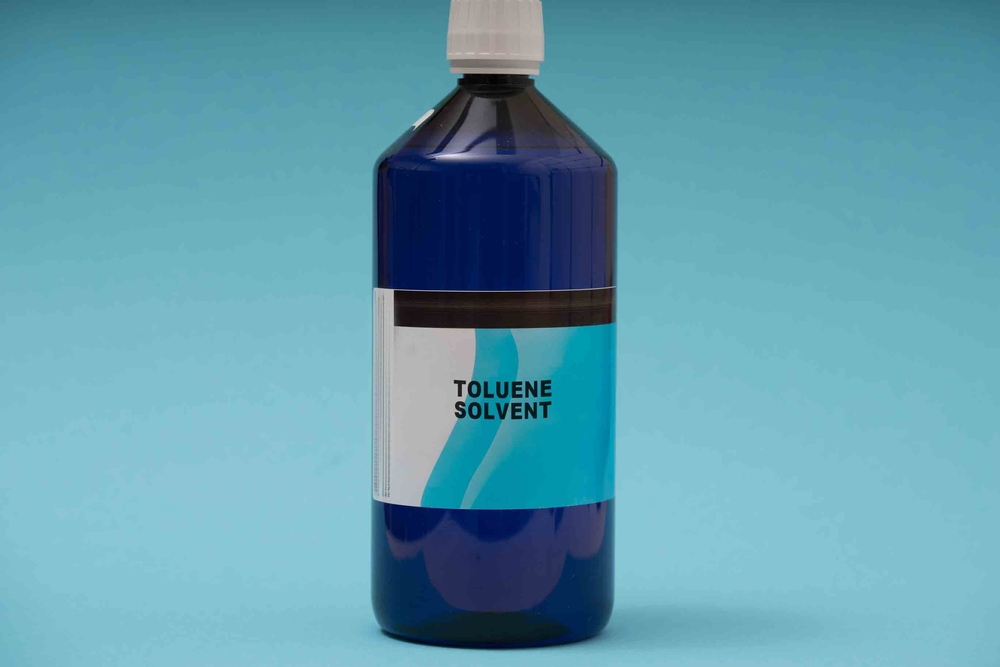
Toluene is commonly found in paint, paint thinners, and adhesives. It’s also a key component in some nail polish formulas, making it a potential source of skin irritation and dryness. Inhaling toluene can lead to headaches, dizziness, and nausea, all of which can significantly affect your overall well-being. It’s not uncommon for people exposed to toluene regularly to experience mood changes, including increased anxiety and irritability.
Even small amounts of toluene can have a cumulative effect on your body over time. If you’ve noticed that you’re feeling off after spending time in freshly painted rooms or applying nail polish, you might want to consider cutting back. Switching to non-toxic paint and nail products can help protect both your skin and your mood.
12. Ozone

Ozone is often found in air purifiers and can be produced by certain cleaning products and electrical devices. While it’s essential for protecting us from harmful UV rays, ozone at ground level can irritate the respiratory system and skin. Prolonged exposure to ozone has been linked to skin dryness and irritation, making it harder to maintain a healthy, glowing complexion. If you’ve noticed more breakouts or inflammation lately, ozone could be a hidden contributor.
Beyond the physical effects, ozone has been shown to affect mood, contributing to feelings of fatigue and irritability. It’s one of those subtle environmental factors that can shift the tone of your day without you even realizing it. Investing in ozone-free air purifiers and avoiding certain cleaning products can help protect your health.
13. Glyphosate

Glyphosate, a common ingredient in herbicides, can sneak into your home if you live in a place where the use of pesticides is common. This chemical is linked to skin irritation and, in some cases, allergic reactions. Over time, glyphosate exposure can contribute to chronic inflammation, leading to conditions like eczema and psoriasis. Worse still, it can mess with your sleep, causing restlessness and difficulty falling asleep at night.
While glyphosate is effective in killing weeds, it doesn’t discriminate when it comes to your health. Studies have linked it to long-term health risks, including mental health issues like depression and anxiety. If you’re dealing with mysterious skin flare-ups or sleepless nights, it might be time to inspect your environment for chemical contamination.
14. Sodium Lauryl Sulfate (SLS)
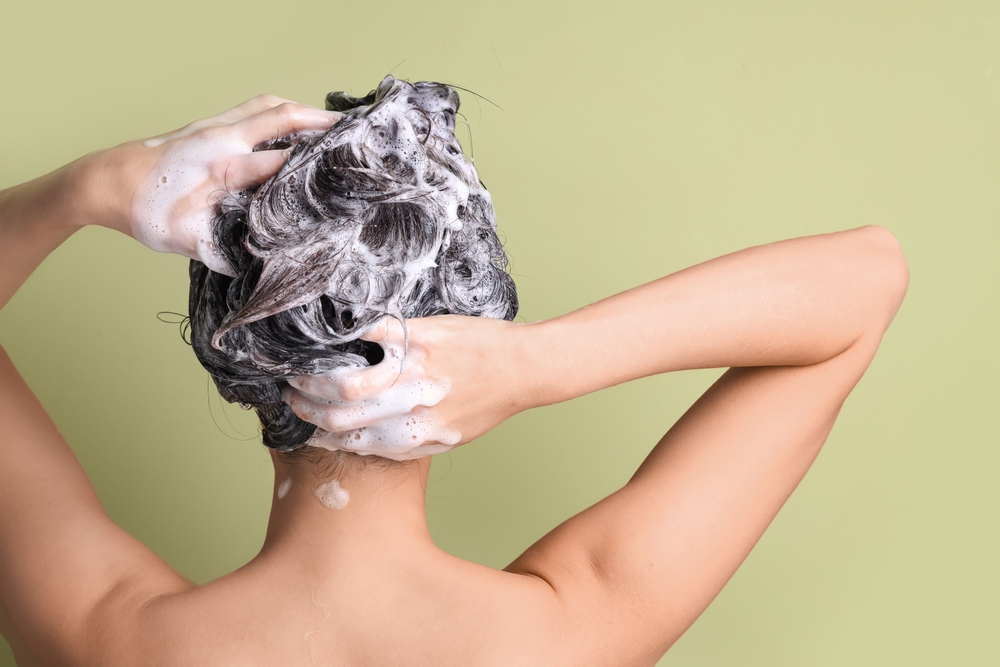
Sodium lauryl sulfate is commonly used in soaps, shampoos, and toothpastes because it creates that foamy, sudsy texture we all know so well. While it’s great for cleaning, SLS is also a major irritant to the skin, leading to dryness, redness, and itchiness. It strips your skin’s natural oils, which can make your complexion feel tight and uncomfortable. If you’ve noticed more irritation after washing your face or body, this chemical might be to blame.
In addition to its effects on the skin, SLS can contribute to feelings of anxiety and irritability. It can make your skin barrier weaker, making you more susceptible to external stressors like pollution and allergens. Opting for SLS-free products can help restore balance to your skin and improve your mood.

Abisola is a communication specialist with a background in language studies and project management. She believes in the power of words to effectively connect with her audience and address their needs. With her strong foundation in both language and project management, she crafts messages that are not only clear and engaging but also aligned with strategic goals. Whether through content creation, storytelling, or communication planning, Abisola uses her expertise to ensure that her messages resonate and deliver lasting value to her audience.


